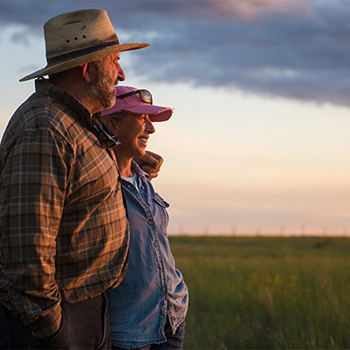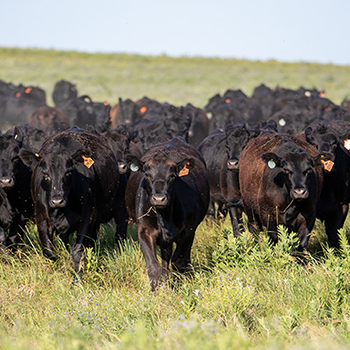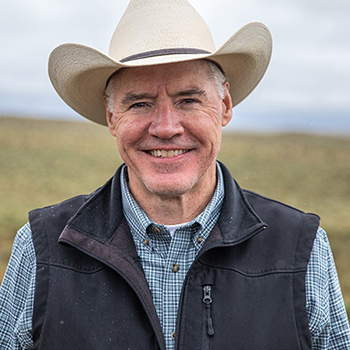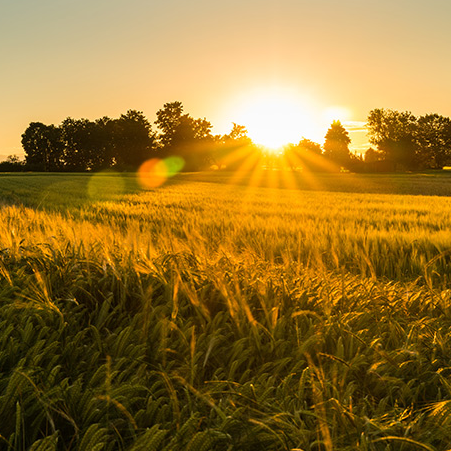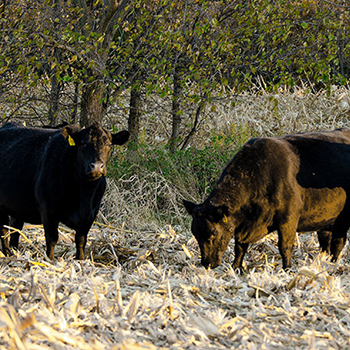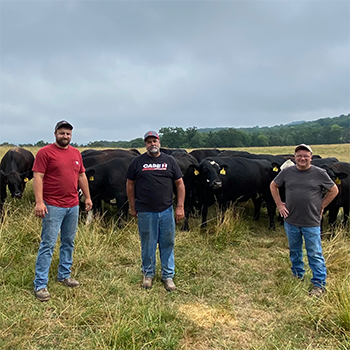
Commercial beef production in the United States is expected to decline during the next couple of years, starting with a 3%-4% reduction in 2023, says livestock economist Elliott Dennis. The primary reason is a shrinking breeding herd.
Fundamentals Support Higher Cattle Prices, but Inflation Poses a Threat
A shrinking breeding herd supports higher prices, but the consumer has the final say.
Looking at the supply side of the equation, there are good reasons why cattle folk would be optimistic about cattle price levels for the next few years. A few people have suggested prices might even exceed the record highs seen in 2014-15. Others are more guarded. They question whether demand might weaken if inflation-weary consumers push back against higher retail beef prices.
University of Nebraska-Lincoln (UNL) Extension livestock economist Elliott Dennis talked about changes in cattle inventory that support optimism among cattle producers, as well as the potential effect of inflation, during UNL’s Gudmundsen Sandhills Laboratory Open House, hosted recently near Whitman, Neb. A member-representative to the Livestock Marketing Information Center (LMIC), Elliott shared information from the center’s market analysis and forecast.
According to Dennis, commercial beef production in the United States is expected to decline during the next couple of years, starting with a 3%-4% reduction in 2023. The primary reason is a shrinking breeding herd. Drought-diminished pasture and forage production plus high hay prices have prompted aggressive cow culling and lower replacement retention rates. Dennis said the total U.S. cow tally dropped by 719,000 from 2021 to 2022, with the biggest reductions in numbers occurring in South Dakota (-189,000), Texas (-160,000), Missouri (-94,000) and Montana (-90,000).
“Drought has persisted, but the location has changed,” said Dennis, noting how the herd-reduction decisions made in the North and Northwest, last year, are now happening in more of the South and Southwest.
“The bottom line is that we have a shrinking supply of feeder cattle,” stated Dennis. “Ultimately, we should see higher prices, at least into ’23 and ’24.”
Based on current market fundamentals, Dennis sees potential for 2023 prices to reach $280-$290 per hundredweight (cwt.) on 500- to 600-pound (lb.) calves. He cautioned producers to remember that higher calf prices don’t necessarily deliver more profit. It depends on each operation’s production costs. LMIC analysis suggests that, since 1995, total average annual cash costs per cow have increased by about $25 annually. The estimated average is $950 per cow.
Dennis said projected higher cattle prices are based on lower cattle numbers, potentially lower corn prices and continued strong demand for beef. He noted that the U.S. beef industry has grown increasingly reliant on exports. The export market has grown stronger and more diverse, and there is potential for continued growth. However, Dennis called the domestic market “pretty mature.” He said the average U.S. consumer expenditures for beef don’t vary much from year to year, and the potential for growth may be more limited.
“The biggest threat [to strong cattle prices] is inflation,” said Dennis, explaining that prolonged inflation could result in consumers downgrading beef purchases to less-expensive cuts or just buying less.
Potentially, reduced demand at retail could put downward pressure on beef prices that gets pushed back to packers, to feedlots and all the way back to cow-calf producers.
Editor’s note: Troy Smith is a freelance writer and cattleman from Sargent, Neb.
